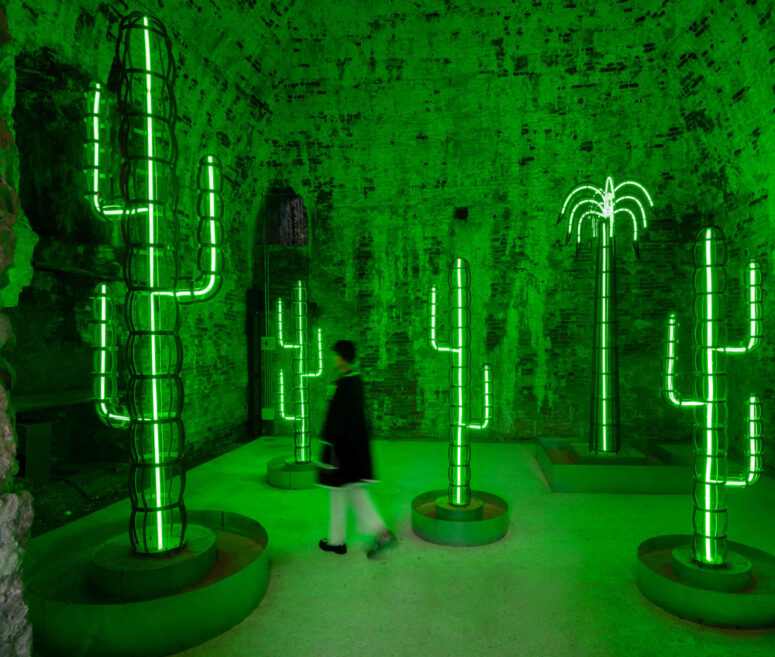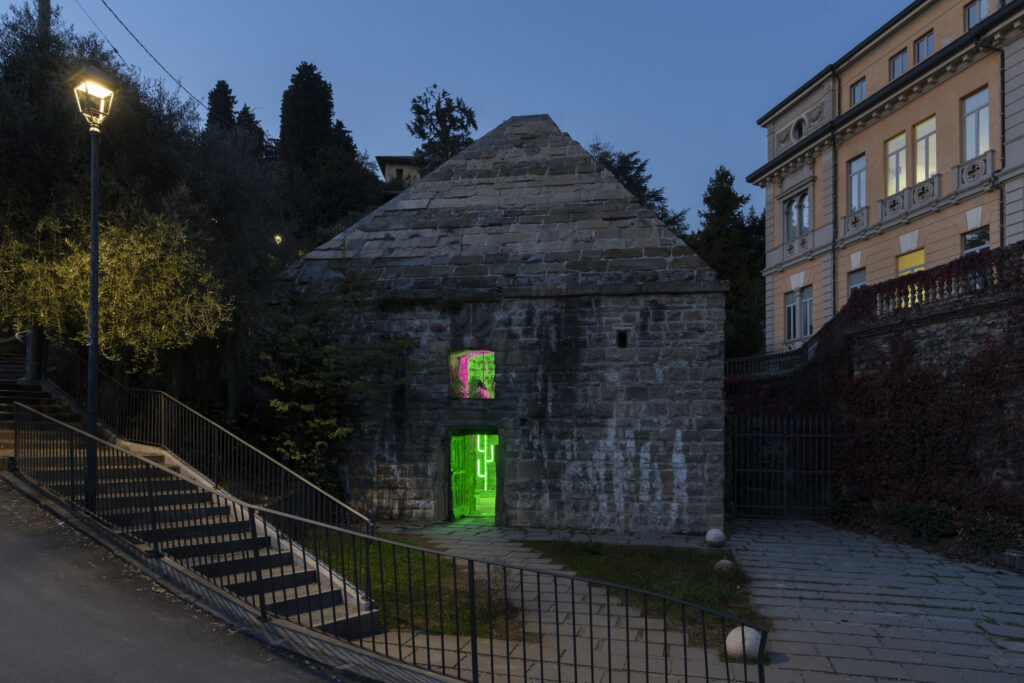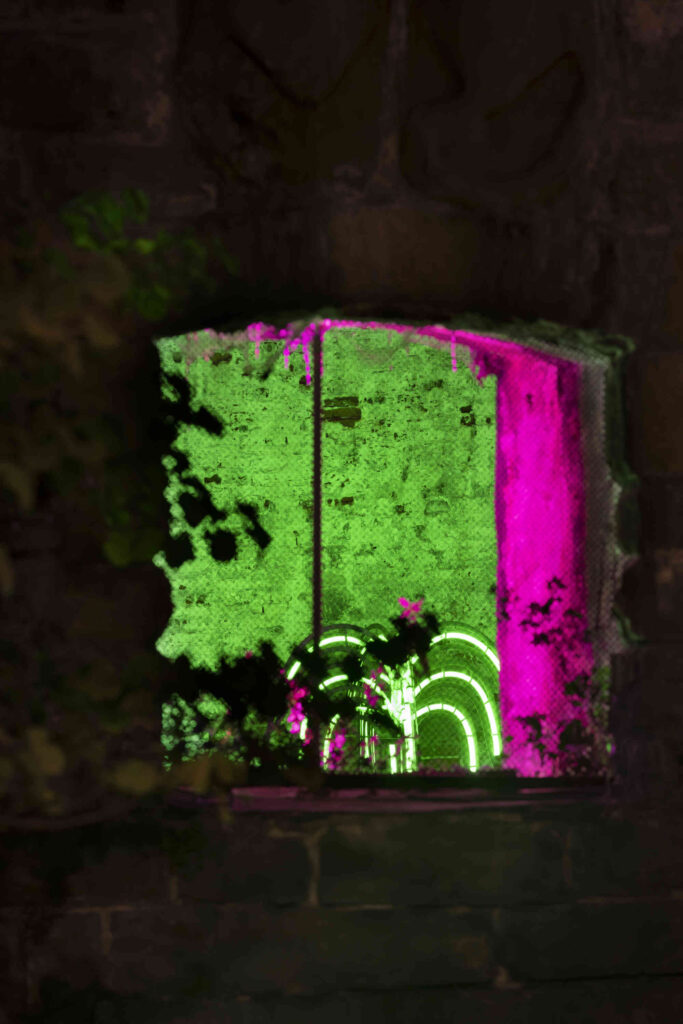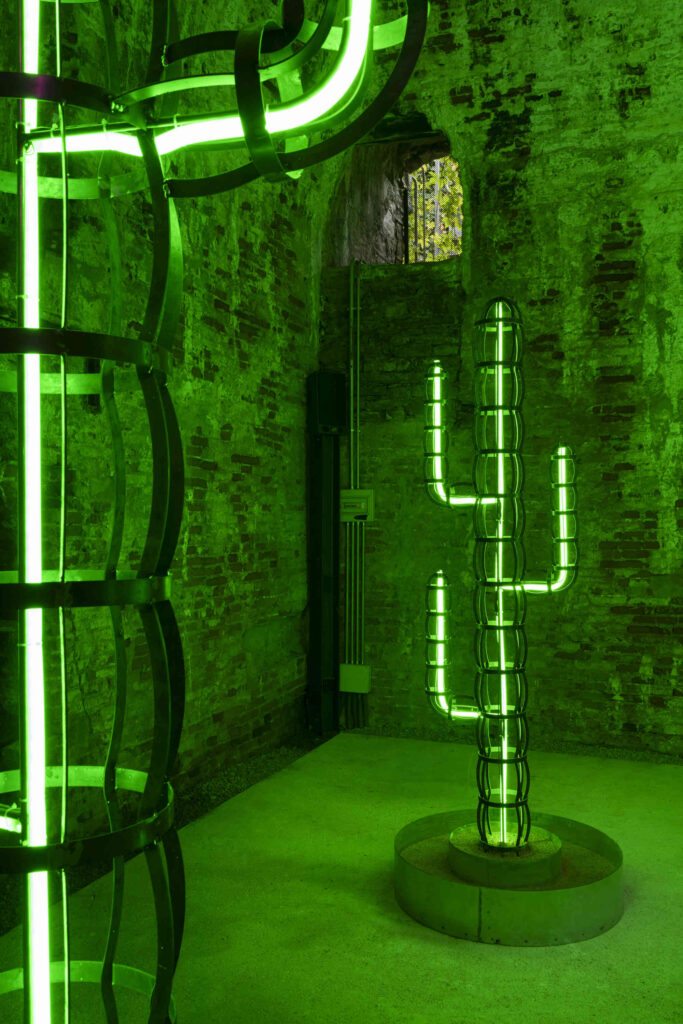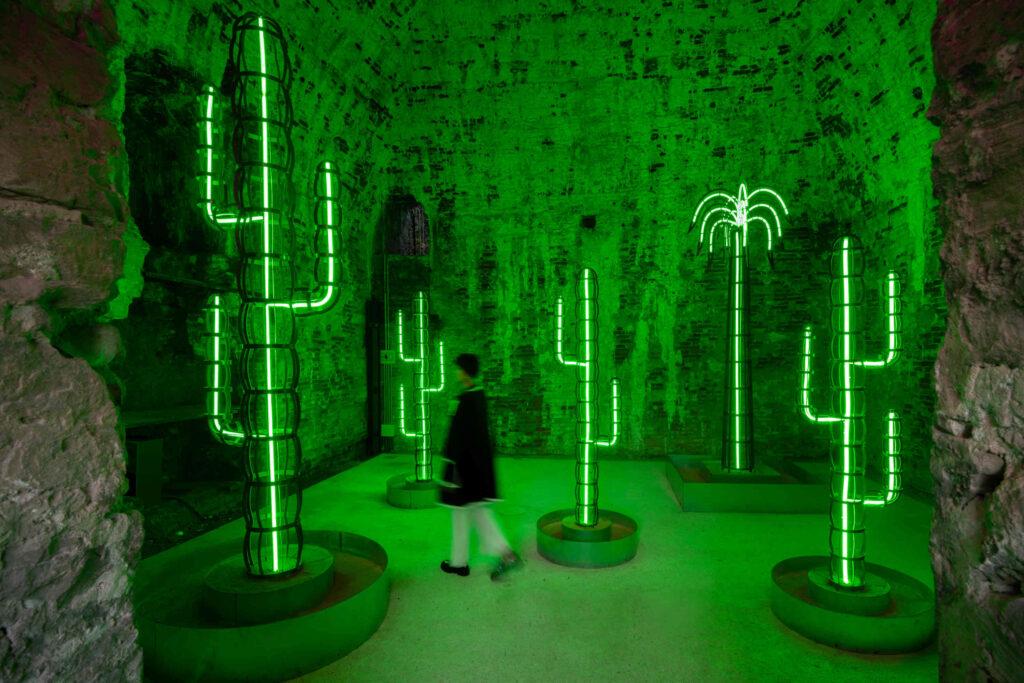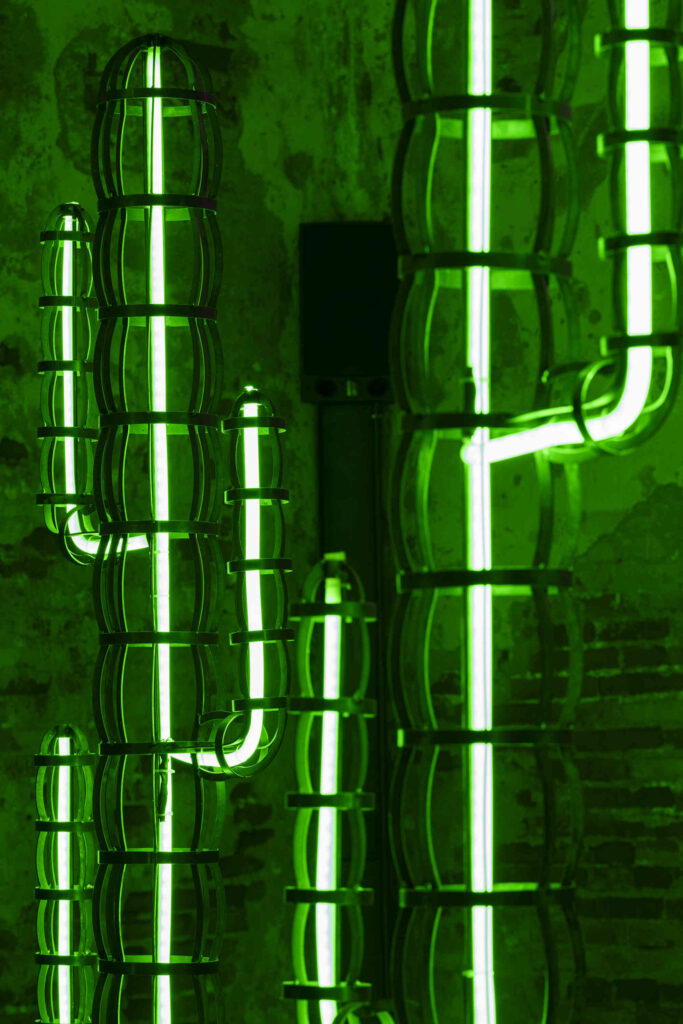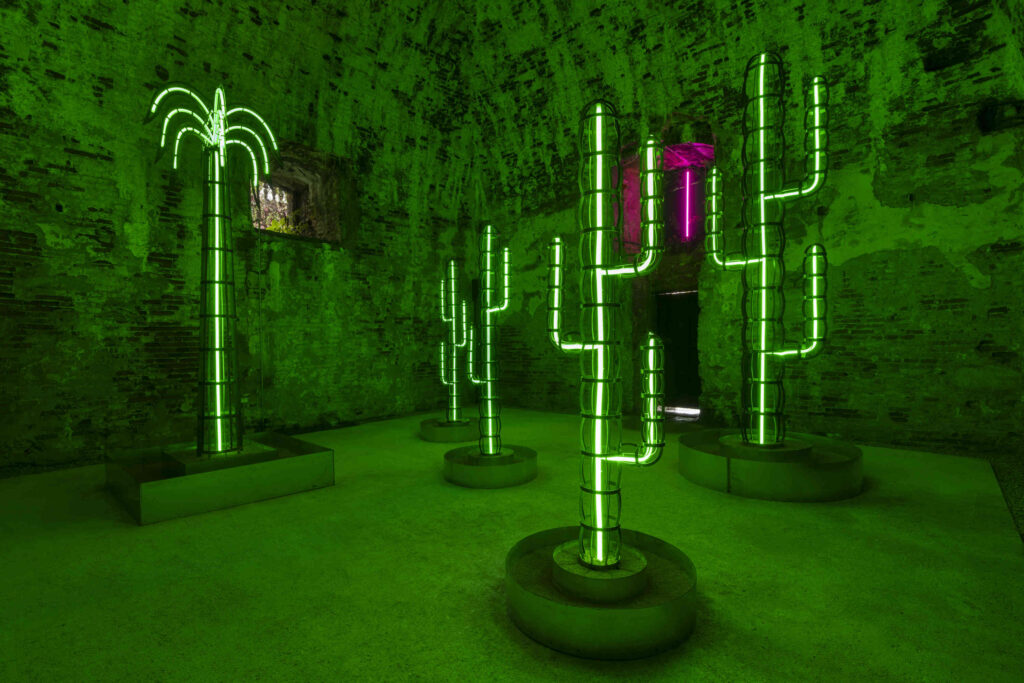The dry days are characterized by an absence of precipitation (or precipitation less than 1 mm), often accompanied by high temperatures and low humidity; tropical nights are defined as nights when the minimum temperature does not drop below 20°C, representing a significant anomaly in temperate regions.
Annually, the Italian Institute for Environmental Protection and Research (ISPRA) collects, processes, and disseminates climatological data of environmental interest. Using data from Italian historical meteorological series, which cover significant periods, generally starting from the 20th century to the most recent years, and aggregating data from national networks of weather stations, ISPRA has developed an analysis of climate projections in Italy (58/2015). The future projections are based on global and regional climate models that simulate different emission scenarios, as defined by the IPCC reports. The models integrate direct observations with simulations that account for greenhouse gases, land use changes, and local atmospheric dynamics. Common projection periods include 2030-2050 and 2070-2100, compared to a historical baseline period.
Dry days occur primarily in regions already vulnerable to drought.
The increase in their frequency intensifies desertification, reduces water resources, and negatively impacts agriculture (with yield losses estimated up to 25% in agricultural regions like the Po Valley) and natural mountain and Mediterranean ecosystems, leading to forced species migration (a 10% reduction in populations of species sensitive to climate change, such as amphibians and reptiles).
According to the aforementioned ISPRA report, dry days are increasing particularly in Mediterranean regions, where there is a 15-20% growth in annual frequency compared to the 20th-century climate average. In 2022, the total annual precipitation in Italy was about 22% lower than the average value calculated in the reference thirty-year period (1991-2020).
Tropical nights, often present in urban areas due to the “urban heat island” effect, are an indicator of global warming that directly affects human quality of life. They impair physical and mental health, increase energy consumption for air conditioning (by 15%), and thereby exacerbate greenhouse gas emissions in a vicious cycle.
In 2022, there was an increase of about 22 tropical nights. On average, tropical nights increased by 20 days per year in Italian urban areas, with a particularly pronounced increase in urban centers in the plains and along the coasts, compared to the average value calculated in the reference thirty-year period.
The average temperature increase recorded in Italy over the last thirty years is often higher than the global average on land.
The artist Agostino Iacurci draws inspiration from the book Viaggio nell’Italia dell’Antropocene, by philosopher and evolutionist Telmo Pievani and geographer Mauro Varotto, in which the narrative throws us into an Italy radically transformed by global warming and the environmental crisis, where extreme phenomena such as desertification, rising sea levels, and tropical weather conditions have radically altered the face of the nation.
Iacurci shapes this vision by transforming the space of the Polveriera Superiore, now part of the Botanical Garden in Bergamo, into a kind of oasis that is “at once a shimmering mirage and a portent of the near future.”
Following this introduction are six questions to Agostino Iacurci.
Six questions to Agostino Iacurci
What role does research play in the development of your projects and how does it balance with the simplification of the forms you propose?
Research plays a fundamental role, coinciding with the work itself. The work is nothing more than an attempt to formalize a series of cues, insights, and intuitions, ranging from the more theoretical, such as cultural references, to the more practical, such as the choice of materials.
I seek synthesis rather than simplification in my work; I am reminded of the technique of simmering in cooking, in which you let water evaporate, thickening liters of broth into a few deciliters of sauce, all while trying to maintain a concentrated and complex balance of flavors.
What potential do you attribute to fictional storytelling as a special political language?
Certainly the potential to make potential scenarios visible, “making worlds,” as the 2009 Birnbaum-directed Biennale was titled. I believe in the figure of the artist more as a visionary than as a chronicler of his / her times, and fiction when inserted into reality constitutes a powerful tool to stimulate a collective imagination process. I have marched in countless demonstrations under the slogan “Another World Is Possible,” so I believe imagining and designing possible futures to be a highly political gesture.
Where does your work approach a utopian imaginary of the future?
In actual fact, my work has a traditional nature and is often very classical in its formal outcomes. However, I think there are archetypal elements of certain cultural universes that are able to cross eras, and I like to work with those elements by seeking out new potential. This makes these imaginaries as ancient as they are futuristic. After all, the very idea of a utopian imaginary of the future has its own classical nature precisely by virtue of its being aspirational and ideal.
How does the proposal you developed for Thinking Like a Mountain dialogue with aspects of the local context?
My work started out as a reflection on the transformation of the Italian landscape and more specifically the Lombard landscape, so there is an initial level of dialogue with geographical nature.
Furthermore, the work Dry Days, Tropical Nights is a representation of a dystopian landscape made up of artificial palms and cacti, a surrogate for a futuristic landscape, set in the context of a botanical garden that also houses real palms and cacti. Like much of the Italian landscape for that matter, the botanical garden is itself an artificial landscape that is the result of human labor, created on the terraces of a Bergamasque hillside by grafting plants of different origins that evolve and which are constantly changing.
Then there is an additional element, and that is the upper gunpowder storage building which houses the installation, offering a semi-dark environment ideal for luminous works. I find it interesting that this gunpowder magazine was never used for the purpose it was designed for, i.e. to house combustible material, since it was infiltrated by too much moisture and therefore damp.
If we consider that traditionally one of the ingredients of gunpowder is charcoal—charred wood, precisely to eliminate all the moisture—the installation offers a continuous reference to the interaction between the plant world and human activity on various levels: elements such as fire and water, darkness and light, the permeable space of the open windows traversed by the sampled sound of South American forests and overlayered with the sounds of the surrounding environment, or again, the theme of failure.
Apart from communicating with the community or with people, how would you define a collective practice?
I would say an activity that has the capacity to have an impact on others, even on a minimal or imperceptible level. For me, this might be even presenting a drawing is a collective practice, if it manages to elicit emotions, reflections, or better still, to trigger a dialogue, even if it’s only with a single interlocutor.
Is there something you might pinpoint as essential to your way of working?
Restlessness.



